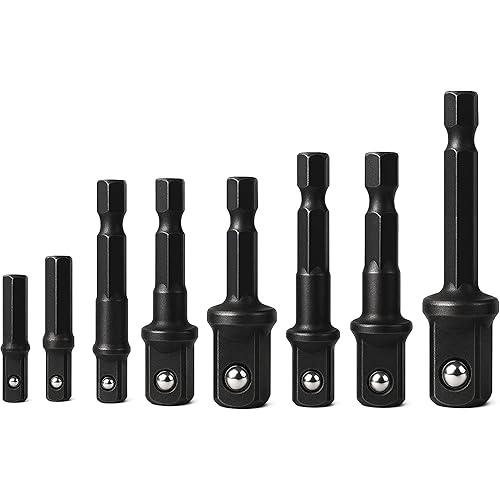Simpson Strong-Tie CPFH09KT - Crack-Pac FLEX-H2O Polyurethane Crack Repair Sealer Kit





Buy Now, Pay Later
- – 6-month term
- – No impact on credit
- – Instant approval decision
- – Secure and straightforward checkout
Ready to go? Add this product to your cart and select a plan during checkout.
Payment plans are offered through our trusted finance partners Klarna, Affirm, Afterpay, Apple Pay, and PayTomorrow. No-credit-needed leasing options through Acima may also be available at checkout.
Learn more about financing & leasing here.
Non-returnable due to Hazmat safety reasons
View our full returns policy here.
Recently Viewed
Features
- The Package Length of the Product is 28.702 centimeters
- The Package Width of the Product is 20.828 centimeters
- The Package Height of the Product is 11.684 centimeters
- Country of Origin: CHINA
Material: polyurethane
Shank Type: Straight
Brand: Simpson Strong-Tie
Tool Flute Type: Straight
Surface Recommendation: Concrete, Masonry
Material: polyurethane
Shank Type: Straight
Brand: Simpson Strong-Tie
Tool Flute Type: Straight
Surface Recommendation: Concrete, Masonry
UPC: 707392538806
Manufacturer: Simpson Strong-Tie
Part Number: CPFH09KT
Item Weight: 4.4 pounds
Package Dimensions: 11.3 x 8.2 x 4.6 inches
Item model number: CPFH09KT
Is Discontinued By Manufacturer: No
Item Package Quantity: 1
Included Components: Sealent
Batteries Included?: No
Batteries Required?: No
Date First Available: July 29, 2010
Frequently asked questions
Non-returnable due to Hazmat safety reasons
View our full returns policy here.
- Klarna Financing
- Affirm Pay in 4
- Affirm Financing
- Afterpay Financing
- PayTomorrow Financing
- Financing through Apple Pay
Learn more about financing & leasing here.
Similar Products
Top Amazon Reviews




























